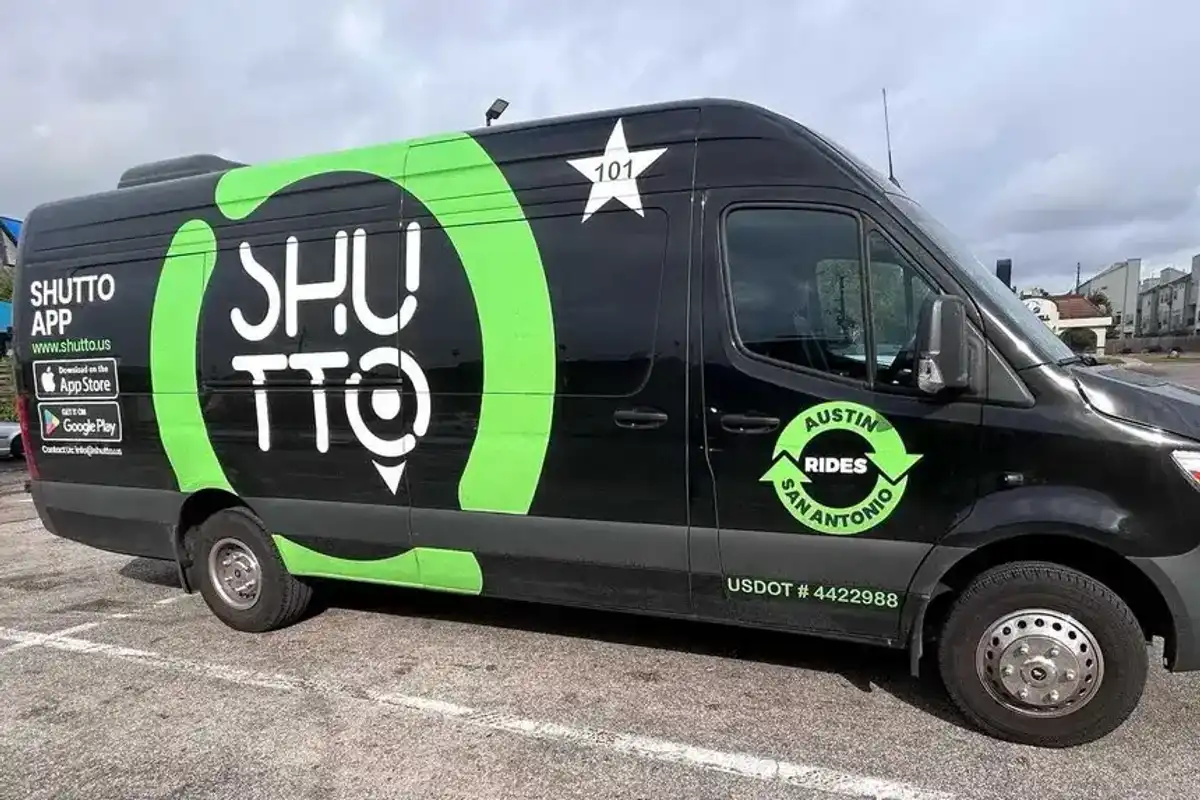EO Houston is where ambitious founders go to scale smarter
Don't Go It Alone
Scaling a business from early traction into true growth is one of the most exciting — and punishing — chapters of entrepreneurship. Houston founders know this better than most. Our city is built on ambition: fast-moving industries, talent from around the world, and opportunities that expand as large as the Texas sky.
But as many entrepreneurs eventually learn, scaling isn’t simply “more of what worked.” It requires new systems, new thinking, and often, a new version of the founder. Even the most capable founders eventually face decisions, pressures, and turning points that only other entrepreneurs can truly understand.
Entrepreneurs’ Organization, a global peer-to-peer network of more than 18,000 business owners across 220 chapters in 75+ countries, exists for exactly this stage. One of the largest chapters in the organization, EO Houston brings that global community to life locally, offering founders the connection, learning, and accountability needed to grow sustainably and to grow up as leaders.
A community where founders learn at the highest level
The real value of EO emerges in the lived experiences of other entrepreneurs. When Houston-area founders talk about the moments growth nearly broke their companies, a universal theme appears: you can’t do it alone.
EO Houston member Robert De Los Santos of Sky High Party Rentals learned this the hard way when rapid post-COVID growth made expansion feel limitless — until it wasn’t.
“After COVID, we doubled every year and assumed inventory was the limit. In 2023 we overbought, only to realize demand had peaked. That taught us a hard truth: growth in one city has ceilings. Expanding into Austin and Dallas — the Texas Triangle — gave us new markets to put our inventory to work while we figured out how to penetrate Houston better. The challenge shifted from a strategy of ‘buy more units for demand’ to learning how to tackle the challenges of ‘leading across cities.’”
Founders often enter EO exhausted from trying to maintain control as things grow more complex. Many discover, like Jarred King of Summit Firms, that scaling requires the difficult shift from doing everything to building the team that can.
“We grew quickly because of my network, relationships, and hustle… but I was doing all the work,” King says. “I realized at that point you have to delegate — not just busy work, but important decisions to your key team, as well as set up really effective SOPs.”
“The uncomfortable truth is that you are no longer the best person for most jobs in your company," agrees Darren Randle of Houston Tents & Events. "Your inability to delegate or hire people smarter than you in key leadership and management level roles will become the single biggest drag on the entire business. You have to accept that your original 'hustle' is now a scalability risk."
Making hard decisions, such as walking away from customers or contracts, can feel like less of a sting when you know others have also been faced with tough choices. Aaron Gillaspie of West U's My Salon Suite recalls, “You can’t be everything to everyone, it’s ok to say no, and just understand some customers aren’t the right fit. It’s a two way street and both must win.”
Perspective is perhaps the most important reality check that members find at EO.
“Bigger volume will not make problems go away — you just got to get used to walking the tightrope," says Roger Pombrol of Emerald Standard. "Develop a system for good balance and do not freak out. Scared is no way to live your life. It’s ok if you fall. Your family will still love you. Money is just money. Love is love. The world tries to make you conflate them, but don’t."
Actionable insights from entrepreneurs who’ve already scaled
Conversations like these are happening every month inside EO Forum Meeting. Each EO chapter is divided into several small Forums. These confidential, committed group of 7–10 entrepreneurs who meet to share the real five percent of what they’re experiencing. It’s not advice, but experience — shared candidly, respectfully, and with the kind of vulnerability that leads to breakthroughs.
What makes Forum so impactful is the honesty it draws out. Entrepreneurs are often surrounded by employees, partners, and even family members who rely on them for answers, but seldom do they have a group where vulnerability is not only welcomed, but expected.
Learning experiences that match your ambition
EO supports that growth far beyond peer groups. Through the organization’s global partnerships with institutions like Harvard, Oxford, and INSEAD, Houston members gain access to executive-level learning experiences designed specifically for entrepreneurs.
These programs help founders step out of the day-to-day and think strategically about competitive advantage, innovation, and organizational leadership. Paired with ongoing learning through EO Jumpstart, Nano Learning, and its global library of member-created content, founders stay informed, challenged, and ahead of emerging trends.
And through global communities — ranging from EO Women and EO Under 35 to industry-specific groups — Houston members tap into expertise that spans continents and sectors. Whether someone is navigating M&A, exploring international expansion, or integrating new technologies, the right perspectives are always within reach.
What truly distinguishes EO Houston, however, is its culture. Houston’s entrepreneurial landscape is uniquely diverse and resilient, filled with founders who are hungry to build, innovate, and elevate the city’s business community. EO Houston amplifies that spirit, creating relationships that are as supportive as they are strategic. Many members describe the chapter not simply as a network, but as a catalyst for becoming better leaders, better thinkers, and — just as importantly — better human beings.
Your next level starts here
For entrepreneurs who are ready to scale—beyond their first million, beyond their current comfort zone, and toward a future that requires sharper leadership and stronger community—EO Houston offers an unmatched platform. It is a place where ambitious founders grow faster, think bigger, and gain the confidence to take bold next steps.
If you’re ready to elevate your business and your leadership alongside people who understand the journey, EO Houston is ready to welcome you. Your next level starts with the peers who can help you reach it. Learn more and become a member here.





